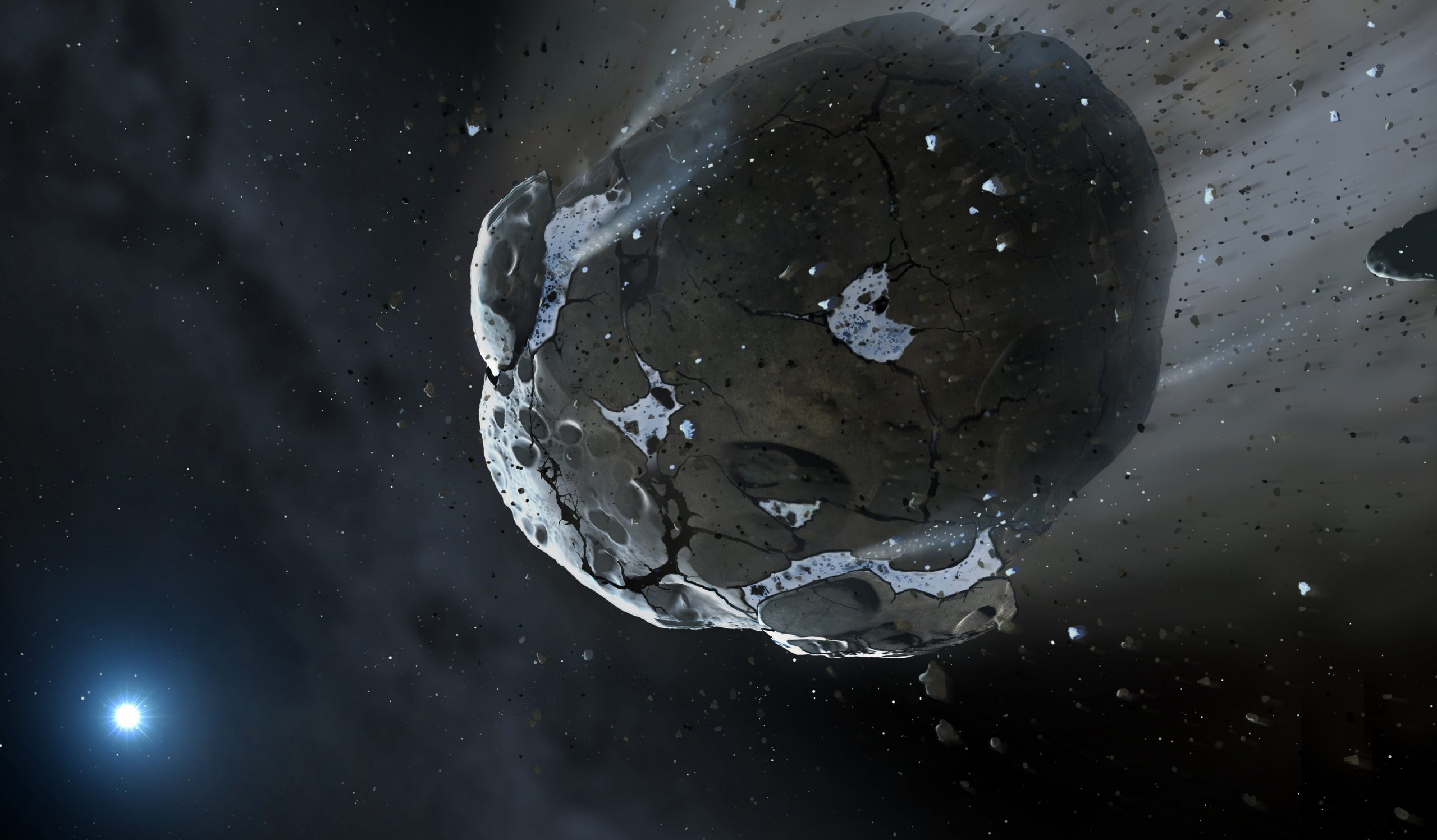NASA has once again revised the probability of asteroid 2024 YR4 colliding with Earth, significantly lowering the initial risk estimate. Earlier this week, calculations suggested a 3.1% chance of impact, but new observations have reduced the likelihood to just 1.5%—a substantial shift that highlights the uncertainty involved in tracking near-Earth objects.
Fluctuating Predictions and Why They Happen
Asteroid 2024 YR4, first detected in December 2024 by the ATLAS telescope in Chile, has been under close observation due to its potential impact risk. As astronomers refine trajectory data, the estimated odds have fluctuated. Just days ago, NASA reported a 1-in-32 chance of a collision, only to revise it to 1-in-67 after new calculations. These changes are expected as more observations provide a clearer picture of the asteroid’s path.
Experts anticipate that as additional data becomes available, the probability will likely drop to zero. This is a common trend in asteroid tracking—early estimates often appear concerning, but subsequent analysis typically rules out an actual threat.
How Big is YR4 and What Would an Impact Mean?
YR4 measures approximately 40 and 90 meters (130–300 feet) in diameter, comparable in height to the Leaning Tower of Pisa. While relatively small in cosmic terms, an asteroid of this size carries significant destructive potential. If it were to strike Earth, it could unleash the equivalent of 8 megatons of energy—over 500 times more powerful than the Hiroshima explosion. This would be sufficient to devastate a city, though not large enough to trigger a global catastrophe.
There is also a slim possibility that YR4 could collide with the Moon rather than Earth, though the most likely outcome remains a harmless flyby when it makes its closest approach in 2032.
Torino Scale and Emergency Observations
Due to its initial impact probability exceeding 1%, YR4 reached Level 3 on the Torino Impact Hazard Scale. This classification is reserved for objects that warrant further study but are expected to be downgraded as more data is gathered. Most asteroids initially placed at this level ultimately pose no risk once their orbits are better understood.
In response to the early uncertainty, an international team of scientists has been granted emergency access to the James Webb Space Telescope. This advanced observatory will provide highly detailed observations, helping to refine YR4’s projected trajectory. Over the coming months, astronomers expect to confirm that it poses no danger to Earth.
For now, there is no reason for concern. The history of asteroid tracking shows that initial impact probabilities tend to decrease with more precise data. Scientists continue to monitor YR4 closely, but all indications suggest that it will pass by Earth without incident.
As new observations come in, NASA and other space agencies will provide ongoing updates. Follow trusted sources for the latest information on asteroid 2024 YR4 and other near-Earth objects.
Join the Conversation!
Have something to share or discuss? Connect with us on Facebook and join like-minded explorers in our Telegram group. For the latest discoveries and insights, make sure to follow us on Google News.











